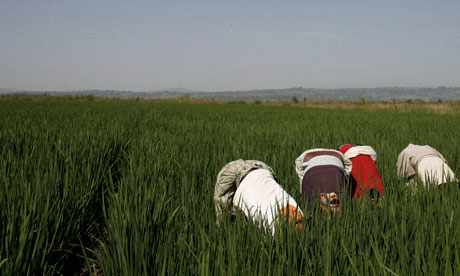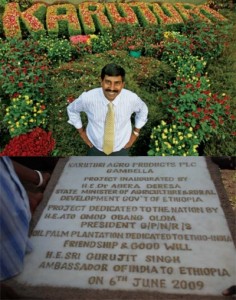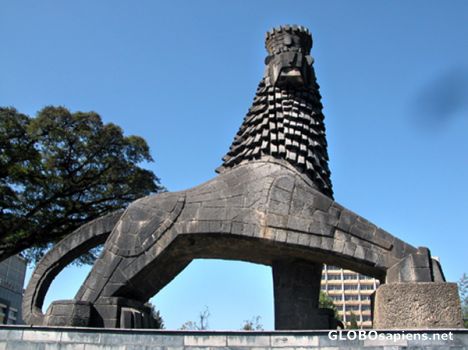Ethiopia is a country
filled with breathtaking landscapes in nature, diverse in culture and religious
views (Judaism, Christianity, Islam) that coexist rather peacefully and rich in
history; which is terrific for tourists searching for something different and
adventurous. Well that's what these promotional videos below have thematically
essentialised Ethiopia as.
World Vignettes describes Ethiopia: "[Ethiopia has] the richness of culture, the excitement of a safari and a wonder of nation rarely seen by Western eyes,"
The FDRE Ministry of Culture and Tourism displays Ethiopia's rich culture and exotic looking diversity,
Promotional Video: Walta Information Center, Addis Ababa
Of course, that's their
prerogative in order to attract tourists, however a promotional company can
represent Ethiopia as, another can spin it's image differently.
When they show you the
breathtaking landscapes of the Nile, mountains, ancient structures along with
the richness of culture, they don't highlight the farmland owned by foreign
investors.
 |
| Workers on farmland owned by Karaturi Global, in Bako credits to Jose Cendon/ Getty Images from theguardian.com |
As a result of this foreign investment, do they reveal the displaced people evicted from their
traditional land, as a result of the FDRE's highly promoted venture to sell off
three million hectares of farmland to foreign investors (of which one million
has already been sold)?
 |
| People struggling to feed themselves, due to displacement |
When they promote cultural diversity do they mean this guy?
 |
| Sai Ramakrishna Karaturi; founder of Karaturi Global one of many enterprises buying Ethiopian Land Article here |
OF COURSE NOT!
Massey (2006) teaches us that space and place are fluid concepts, not restrained by it's common representation of how other people may present it through maps, promotional videos, brochures etc. Ethiopia as a place is perceived differently for tourists, it's Indigenous people, government and foreign investors.
Massey (2006) teaches us that space and place are fluid concepts, not restrained by it's common representation of how other people may present it through maps, promotional videos, brochures etc. Ethiopia as a place is perceived differently for tourists, it's Indigenous people, government and foreign investors.
Therefore, you cannot
presume that Ethiopia is the land of untouched wilderness of exotic cultures
filled with rich histories, it's not only that. Thus, when making your journey
around Ethiopia, don't search for an essentialised promotional version of
Ethiopia, discover YOUR STORY of Ethiopia and make it matter to you.










